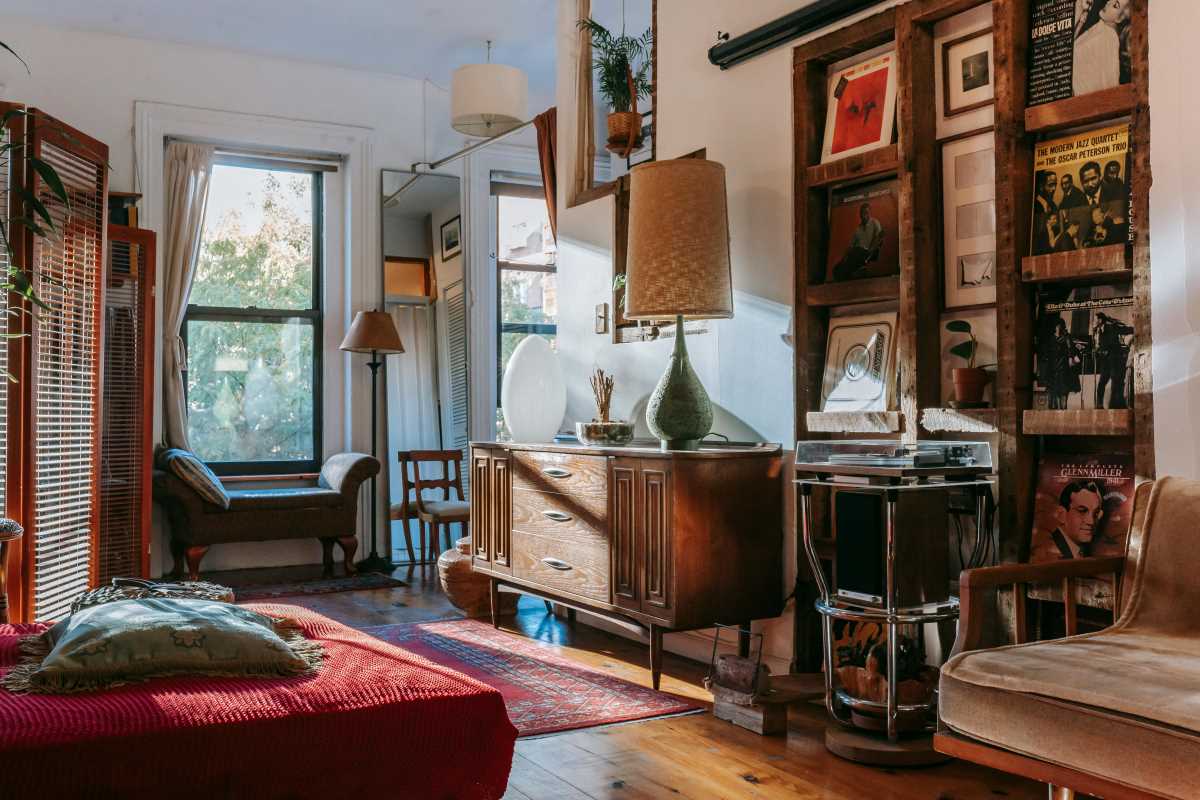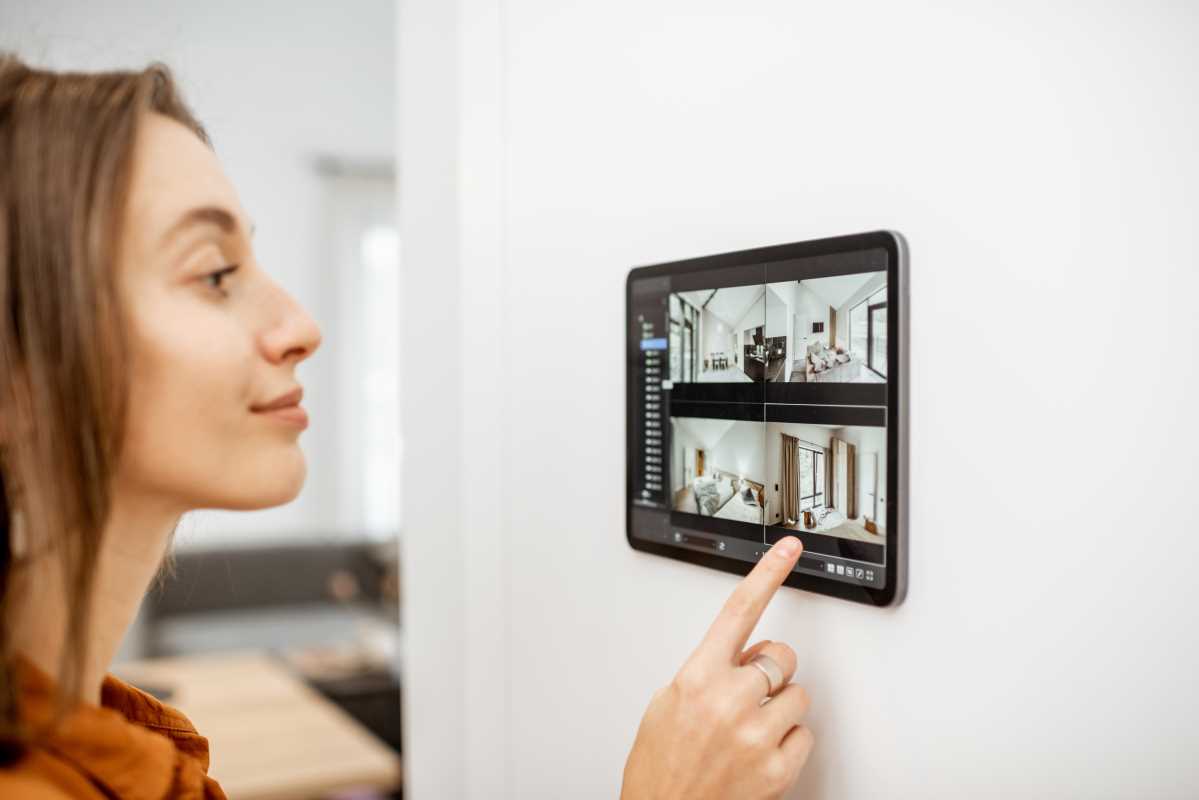Renting out a room in your home can be a great way to generate some extra income, especially if you have the space to spare. Whether you’re looking to rent out a spare bedroom or convert a portion of your home into a rental unit, there are several factors to consider before posting an ad. From preparing the room for your future tenant to knowing what services to offer, here's a complete guide to help you navigate the process of renting out a room in your home.
1. Prepare the Room
The first step in renting out a room is to make it a comfortable, functional space that your potential tenant will be eager to move into. Here’s how to prepare the room for rental:
Clean and Declutter
Before you even think about listing your room, make sure it’s clean and presentable. A thorough cleaning of the room, including vacuuming carpets, dusting, washing windows, and cleaning baseboards, will set the tone for a welcoming environment. It’s also essential to declutter, as tenants will want to feel like the room is their own. Remove any personal items, old furniture, or belongings that are unnecessary or could make the space feel crowded.
Assess the Furniture and Decor
If the room is unfurnished, consider what type of furniture your potential tenant would need. A bed, desk, and wardrobe or closet are essential items for most people. If the room is furnished, ensure the furniture is in good condition and functional. You don’t have to go for an expensive set, but the furniture should be comfortable, practical, and visually appealing. You might also want to provide basic decor to create a cozy atmosphere, such as curtains, a rug, and a lamp.
Ensure Basic Amenities
Make sure the room has basic amenities that are expected in a living space. A clean, functioning bed, good lighting, and adequate storage space are all necessities. You may also want to include:
- Storage Solutions: A closet, or at least some shelves or a dresser, will be crucial for your tenant’s belongings.
- Electrical Outlets: Ensure there are enough power outlets for your tenant’s needs—charging phones, laptops, etc.
- Heating and Cooling: Depending on the climate in your area, you may need to offer some form of heating or air conditioning. If the room is particularly small or doesn’t have access to central heating or cooling, consider providing a space heater or portable fan.
By taking care of these basics, you can make your rental room more comfortable and appealing to potential tenants.
2. Set a Fair Rent Price
Before advertising your room, it’s important to determine a fair rent price. The amount you charge will depend on a number of factors:
- Location: Rent prices vary greatly depending on your location. If you live in a high-demand city or neighborhood, you may be able to charge more for the room. On the other hand, if you live in a smaller town or less popular area, the rent will need to reflect the local market.
- Room Size: The size of the room plays a significant role in setting the price. Larger rooms with more amenities (like an ensuite bathroom) can typically command a higher rent.
- Utilities Included: Consider whether you will include utilities (electricity, water, Wi-Fi, etc.) in the rent price. Offering all-inclusive pricing can make your listing more attractive but will raise the overall rent. Conversely, if utilities are not included, you’ll need to clearly specify what costs the tenant will be responsible for.
- Market Research: Do some research into comparable room rentals in your area. Check rental websites, local listings, or rental apps to get a sense of what other landlords are charging for similar rooms.
Once you’ve assessed these factors, set a price that’s fair to both you and your future tenant. Remember that while you want to maximize your rental income, your room needs to be priced competitively to attract the right renters.
3. Advertise the Room
The next step is to get the word out and find a suitable tenant. There are several ways to advertise a room for rent, including online platforms, local bulletin boards, and word of mouth. Here are some effective methods to use:
Online Rental Platforms
There are a number of online platforms specifically designed to help you find tenants. Popular websites like Craigslist, Zillow, Roomster, and Airbnb allow you to list a room for rent. More specialized platforms like SpareRoom or Roommates.com cater to those looking for shared living spaces. These platforms allow you to set the rent price, upload photos of the room, and provide a detailed description of the space and its amenities.
When writing your listing, be sure to include the following:
- Clear Photos: Take high-quality photos of the room and any common areas (like the kitchen or bathroom) that the tenant will have access to. Natural light can help make the space look bigger and more inviting. Show different angles of the room and highlight key features such as the bed, closet, and windows.
- Detailed Description: Write an honest, informative description of the room, including the size, amenities, and any unique features (e.g., private bathroom, parking space). Mention whether utilities are included in the rent and what kind of living situation you're offering (e.g., “shared living space,” “quiet household,” or “pet-free home”).
- Terms and Conditions: Be clear about your rental terms, such as the length of the lease, deposit requirements, and house rules (e.g., no smoking, no pets).
Social Media and Local Listings
In addition to online rental platforms, consider promoting your listing on social media. Platforms like Facebook, Instagram, or even Twitter can help you reach potential tenants. You can join local Facebook groups related to housing or room rentals and share your listing there. You might also post flyers on community bulletin boards in your area, like those at coffee shops, grocery stores, or libraries.
Word of Mouth
Tell your friends, family, and co-workers that you’re renting out a room. Word of mouth is still one of the best ways to find trustworthy tenants. People are more likely to trust recommendations from their network, and you may even get lucky and find someone who’s already familiar with the area and your lifestyle.
4. Screen Potential Tenants
Once you’ve started receiving inquiries about the room, it’s important to screen your potential tenants carefully. Screening helps ensure that you find someone who will be a good fit for your home and lifestyle. Here are some key steps to follow:
- Conduct an Interview: Meet the potential tenant in person or virtually to discuss their needs and expectations. This is also a great opportunity to see how they interact with you and assess whether they’re a good fit for your living situation.
- Check References: Ask for references from past landlords or roommates. This can give you insight into their reliability, cleanliness, and overall behavior as a tenant.
- Run a Background Check: Conducting a background check can help you verify the tenant’s identity, rental history, and criminal background. This step is important for ensuring safety and reliability.
- Create a Rental Agreement: Once you’ve chosen a tenant, draw up a rental agreement that outlines the terms and conditions of the rental. This should include the rent amount, payment schedule, house rules, and the length of the lease.
5. Offer Additional Services
Some landlords choose to provide additional services that make the living arrangement more attractive to tenants. Consider offering services such as:
- Wi-Fi: Offering high-speed internet can be a major selling point for younger tenants, such as students or young professionals.
- Utilities: Include essential utilities like water, gas, and electricity in the rent price, which can be a big convenience for tenants.
- Cleaning Services: If you’re renting a room with shared spaces, consider offering cleaning services for the common areas, such as the kitchen and bathroom. This can help prevent tensions from arising over cleaning duties.
- Parking: If your home has extra parking space, offering it to tenants can be a big draw, especially in busy urban areas.
6. Maintain a Good Relationship with Your Tenant
Once you’ve rented out your room, it’s important to maintain a respectful and professional relationship with your tenant. Clear communication is key, especially when it comes to any issues regarding rent, household rules, or maintenance requests. A well-maintained relationship will help ensure a positive living situation for both of you.
Renting out a room in your home can be a lucrative and rewarding experience if you approach it thoughtfully. By preparing the room properly, setting a fair price, advertising effectively, and carefully screening tenants, you can create a positive rental arrangement that benefits both you and your tenant. With the right planning and consideration, renting out a room can provide you with a steady stream of income and help you make the most of your living space.
 (Image via
(Image via





